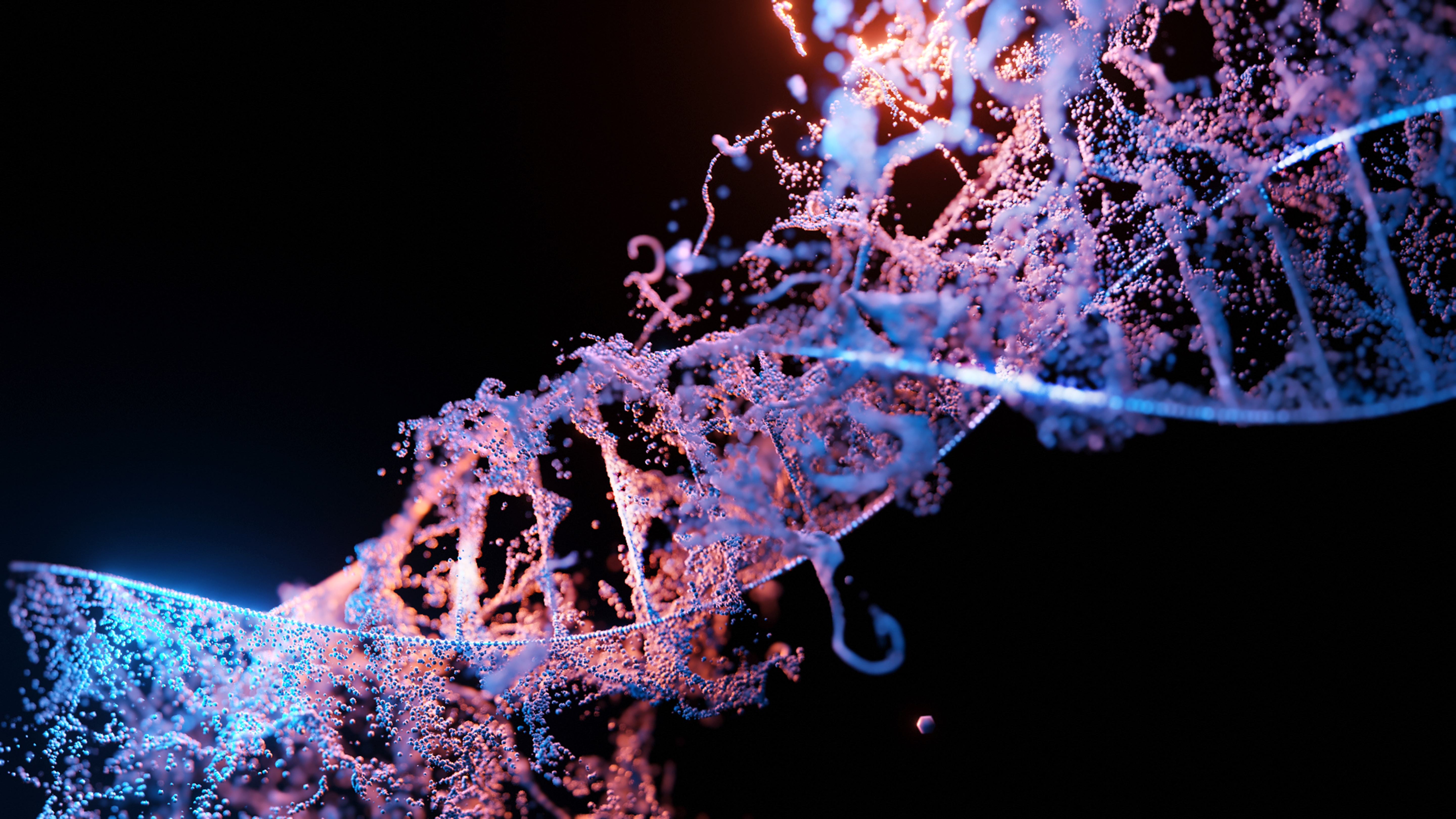
Neogen Informatics team played a major role in identifying phytochemicals from indian cuisine against SARS-CoV-2 MPro. Our team together with our International partners at Brno University of Technology, Czech Republic helped our customer Dr Mala Rajendran and her team in all the bioinformatics analyses related to the research work.
The article was published on Nov 17, 2020 in JOURNAL OF BIOMOLECULAR STRUCTURE AND DYNAMICS.
In silico screening and molecular dynamics of phytochemicals from Indian cuisine against SARS-CoV-2 MPro
Mala Rajendran 1, Sudeep Roy 2, Keerthana Ravichandran 1, Bagdevi Mishra 3, Deepak K Gupta 3, Subash Nagarajan 1, Ruby Celsia Arul Selvaraj 1, Ivo Provaznik 2
Affiliations expand
- PMID: 33200680
- DOI: 10.1080/07391102.2020.1845980
Abstract
SARS-CoV-2 cause fatal infection in 213 countries accounting for the death of millions of people globally. In the present study, phytochemicals from spices were assessed for their ability to interact with SARS-CoV-2 MPro. Structure based virtual screening was performed with 146 phytochemicals from spices using Autodock Vina. Phytochemicals with binding energy ≥ -8.0 kcal/mol were selected to understand their interaction with MPro. Virtual screening was further validated by performing molecular docking to generate favorable docked poses and the participation of important amino acid residues. Molecular dynamics simulation for the docked poses was performed to study thermodynamic properties of the protein, ligand and protein-ligand complexes. The finding shows that cinnamtannin B2 and cyanin showed favorable binding affinity values with SARS-CoV-2 MPro. The results are comparable in terms of docked poses, important amino acid participation and thermodynamic properties with the standard control drugs remdesivir, benazepril and hydroxychloroquine diphosphate. Prime MM-GBSA was employed for end-point binding energy calculation. Binding to domain I and II of MPro were mediated through the OH, SH, NH2 and non-polar side chain of amino acids. Cinnamtannin B2 and cyanin binds to MPro with many sub sites within the active site with RMSD and RMSF within 4 Å. The results computed using Prime MM-GBSA show that cinnamtannin B2 (-68.54940214 kcal/mol) and cyanin (-62.1902835 kcal/mol) have better binding affinity in comparison to hydroxychloroquine diphosphate (-54.00912412 kcal/mol) and benazepril (-53.70242369 kcal/mol). The results provide a basis for exploiting cinnamtannin B2 and cyanin as a starting point potential candidate for the development of drug against SARS-CoV-2.Communicated by Ramaswamy H. Sarma.
Keywords: cinnamon; cinnamtannin; cyanin; hydroxychloroquine diphosphate; remdesivir and spices.

